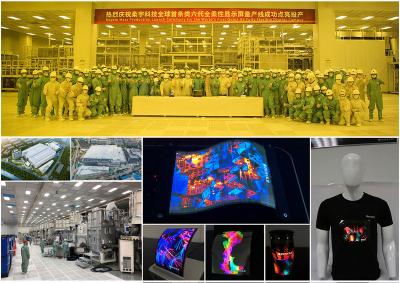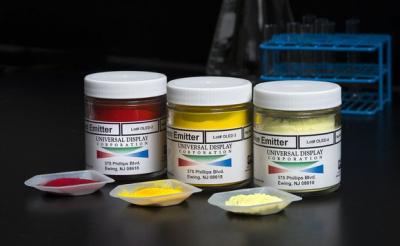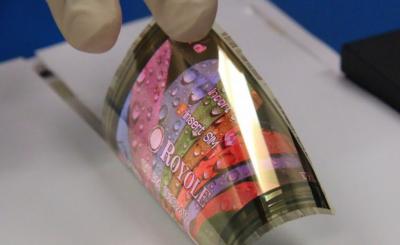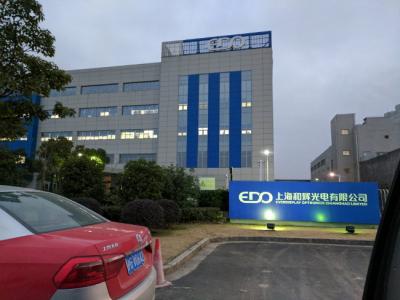Royole demonstrates its latest flexible AMOLED displays
China-based Royole demonstrated its latest technologies at IFA 2018 - including the company's flexible AMOLEDs integrated into a top hat and a jacket and the company's Moon OLED HMD and its RoWrite E Ink writing pad.
Royole's flexible OLED displays are produced at the company's "quasi-G6" (5.5-Gen) OLED production fab in Shenzhen which started production in June 2018. In full capacity, Royole's fab will be able to produce over 50 million flexible OLEDs per year (45,000 monthly substrates).







